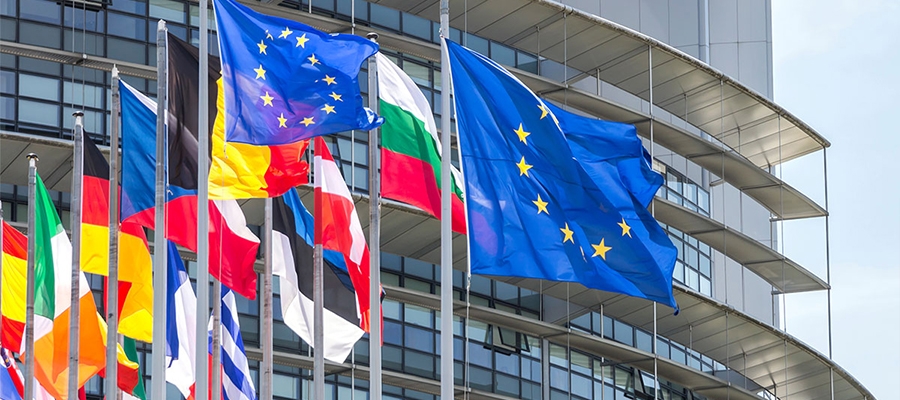To ensure EU ETS compliance, the time is now for shipping companies to get organised and answer questions like: Who is responsible for our ships’ ETS compliance? What Administering Authority are we assigned to? How does the emission reporting work? Do we need to set up a trading account? What is an EU Allowance (EUA)? What is the difference between a trading account and a Maritime Operator Holding Account (MOHA)? When do we need to do what?
Work in progress
While most regulatory requirements have been set, there remain a few scenarios that could benefit from further refinement. “In some cases, the available options allowed by the regulation for assigning ETS responsibility do not align with the duties as contractually agreed between the parties of our complex shipping ecosystem,” says Alexander Senteris, BSM’s Emission Compliance Manager. “They will need to be carefully reconsidered for a sustainable solution moving forward.”
Similar to the work in progress on the regulatory side, more consensus is needed on the commercial front. While charterers have accepted the responsibility to cover their emissions, the mechanism between charterers and owners regarding how to compensate the ETS obligations has not yet fully been agreed. A commonly accepted standard clause has not yet emerged.
In terms of operations, the shipping industry is starting to become accustomed to EU Allowance (EUA) transactions and the exchange of emission data which must now be integrated into commercial agreements. Regarding emission reporting, however, shipping companies must still adapt, as standards and processes in this area have significantly evolved in recent years.










